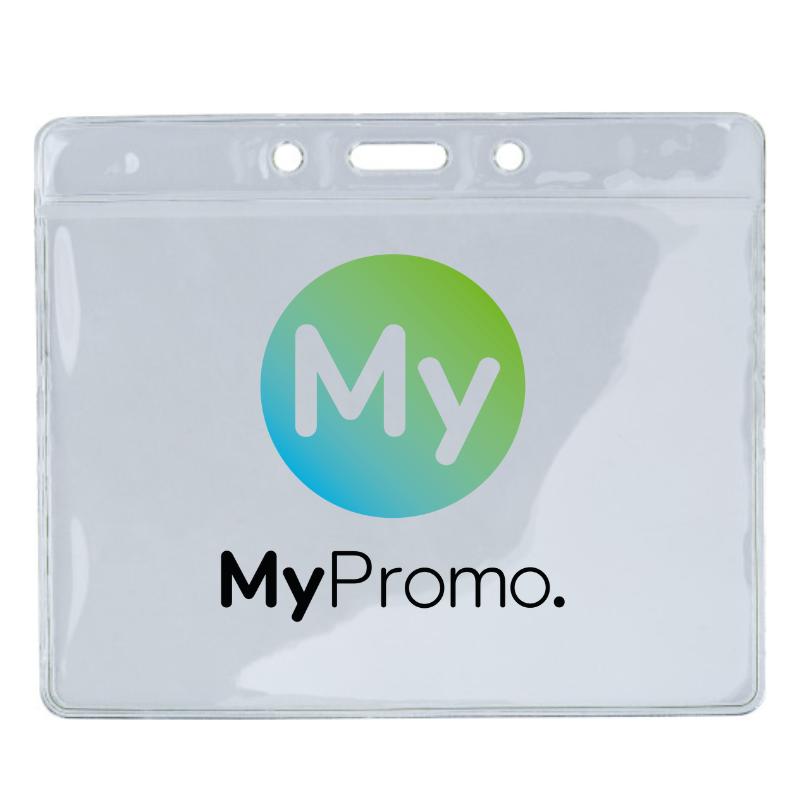Flexography
What is Flexography?
Flexography is a dynamic and versatile printing technique that plays a crucial role in the printing and promotional gifts sectors. At its core, flexography is distinguished by its ability to efficiently print continuous patterns on a variety of materials, from paper and plastic to metallic films and cellophane. This technique stems from the early 20th century when it evolved from the rudimentary method known as aniline printing. The process was refined over the years, leading to today's sophisticated use of quick-drying inks and highly flexible photopolymer printing plates.The basic process of flexography starts with the creation of a master print plate, which is wrapped around a cylinder. As the substrate (the material to be printed on) moves through the press, it passes through a series of rollers to apply the ink, then impress the inked image from the plate onto the substrate, and finally through drying units to set the ink.
Essential Tools and Materials in Flexography
To achieve its high-quality results, flexography relies on a specific set of tools and materials. The key components include photopolymer plates which are flexible plates that carry the image to be printed. Anilox rollers, these engraved rollers control the amount of ink transferred to the printing plate. Various substrates can be used ranging from paper and plastics to non-woven fabrics and foils. The ink system used in flexography is generally faster drying and more volatile than those used in other printing processes, and drying units are employed to cure or set the ink quickly.
Applications and Advantages of Flexography
Flexography is widely used for printing on uneven surfaces and a broad range of products, making it ideal for creating promotional items and packaging. This printing method is commonly employed for manufacturing decorative wrapping papers, plastic bags, labels, and even wallpaper. In the realm of promotional gifts, flexography is perfect for customizing items like reusable shopping bags, personalized coasters, and T-shirts.
The main advantages of using flexography include its high speed and ability to print on a vast array of materials. This method is highly efficient, producing large volumes of printed materials with a consistent quality at high speeds. Flexography is also adaptable to both solvent-based and water-based inks, making it a more environmentally friendly option compared to some other printing techniques.
Flexography Compared to Other Printing Techniques
When compared with other printing methods such as lithography and screen printing, flexography offers distinct benefits. It is more capable of handling long runs economically and can print on a wider variety of materials. Unlike screen printing, which applies a thicker layer of ink, flexography lays down a thinner layer, allowing for faster drying times and finer image detail.
Challenges and Limitations of Flexography
Despite its many benefits, flexography faces some challenges. The initial setup costs can be high due to the need for custom-made, high-quality plates. Additionally, achieving high-resolution details can be more challenging in flexography compared to methods like digital printing. This technique also requires specific inks and cleaning processes that can be more complex and environmentally demanding.
In conclusion, flexography stands out as a high-speed, versatile printing technique suitable for a wide range of applications, from commercial packaging to personalized promotional gifts. Its ability to adapt to different materials and use environmentally friendly inks makes it a preferred choice for many in the industry, despite its higher setup costs and some technical limitations.
| Feature | Details |
|---|---|
| Core Technique | Uses quick-drying inks and photopolymer plates for printing on various materials. |
| Basic Process | Involves printing plates wrapped around cylinders, ink application through rollers, and setting ink in drying units. |
| Essential Tools & Materials | Photopolymer plates, anilox rollers, various substrates (paper, plastics, foils), and volatile ink systems. |
| Common Applications | Promotional items, packaging, decorative papers, plastic bags, labels, wallpaper. |
| Advantages | High speed, versatile material compatibility, environmentally friendlier ink options, suitable for long runs. |
| Challenges | High initial setup costs, complexity in achieving high-resolution details, demanding cleaning processes. |
| Compared to Other Techniques | Offers faster drying times, finer image details, and economical long-run capabilities. |
What is flexography?
Flexography is a printing technique that uses quick-drying, volatile inks and flexible photopolymer plates to print continuous patterns on various materials such as paper, plastic, metallic films, and cellophane. It is particularly suited for high-volume production runs.
How does the flexography printing process work?
In flexography, a master print plate is wrapped around a cylinder. As the substrate (the material to be printed on) moves through the press, it passes through a series of rollers. These rollers apply the ink, transfer the inked image from the plate onto the substrate, and then move the substrate through drying units to set the ink.
What are the essential tools and materials used in flexography?
Key tools and materials in flexography include photopolymer plates, anilox rollers (engraved rollers that control ink transfer to the printing plate), various substrates like paper and plastics, and a specialized ink system designed for rapid drying.
What are the common applications of flexography?
Flexography is commonly used for printing on uneven surfaces and a diverse range of products, including promotional items, packaging, decorative wrapping papers, plastic bags, labels, and wallpaper.
How does flexography compare to other printing techniques like lithography or digital printing?
Flexography is more economically viable for long runs and can print on a wider variety of materials compared to lithography and digital printing. While lithography offers superior image quality on flat materials, and digital printing provides greater flexibility for short runs and variable data, flexography stands out for its speed and efficiency in large-scale production and on non-traditional substrates.





